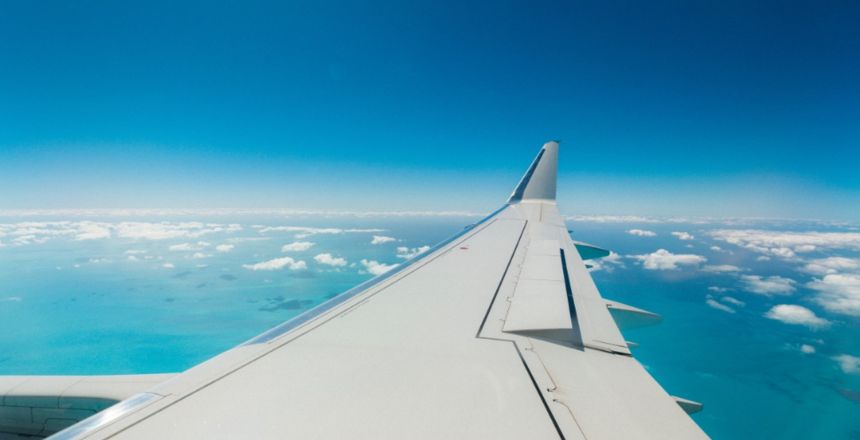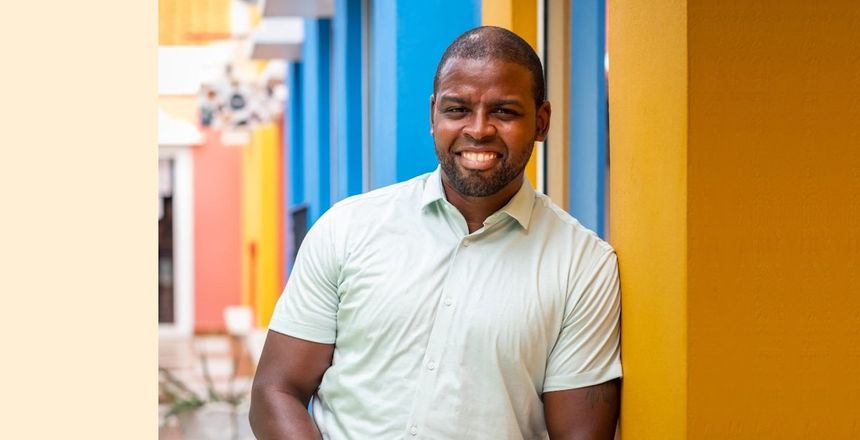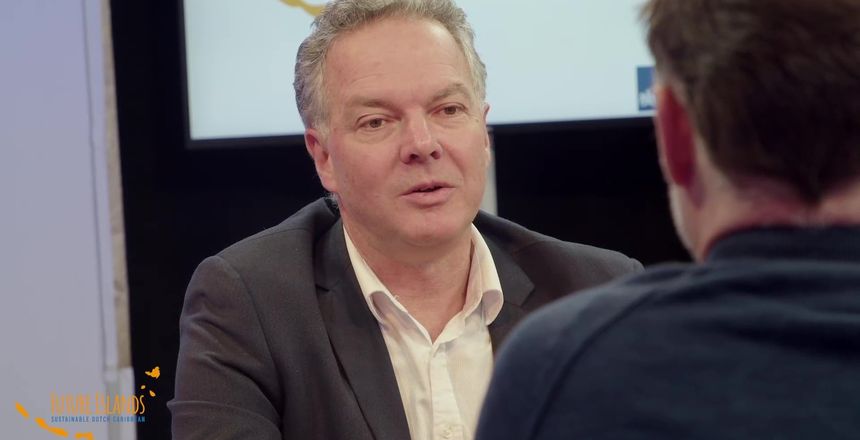Martijn and Gijs are both Aerospace Engineering students, currently working on their MSc thesis. Together they performed an 80-hour case for the Ministry of Infrastructure and Water, researching the possibility of introducing electric flight in the Caribbean.
News Smart Mobility
3 min.
It is clear aviation does not escape the need to become more sustainable. One of the proposed solutions is electric flight, with a battery or fuel cells powering electric motors. Although this sounds simple, experience has shown it is not. Currently, only a few electric aircraft exist, predominantly with a capacity of 5 – 19 passengers, such as the Pipistrel Alpha Electro. These aircraft only fly short routes, such as between remote islands. This application has sparked the interest of the Ministry of Infrastructure and Water Management, as a possible solution for routes between Aruba, Bonaire and Curaçao (ABC islands), and Sint Maarten, Saba and Sint Eustatius (Leeward islands).
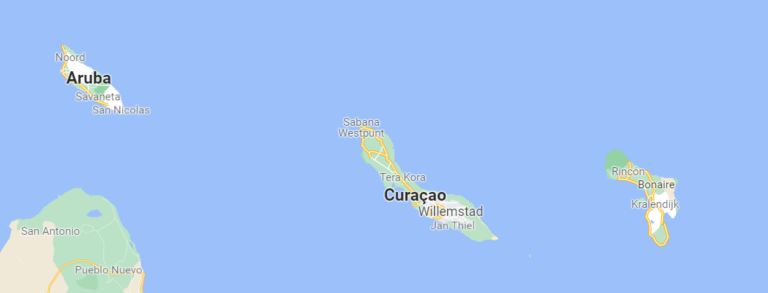
Although ideally all aircraft on these routes would be replaced with sustainable, electric ones, the transition will start small. For the ABC islands, the choice for an initial hub is not easy. Location wise, Curaçao is the most logical option, as the distance to the other islands is relatively short, allowing for an aircraft with a shorter range. Additionally, Curaçao has the busiest airport, thus there would be a higher demand for the aircraft, decreasing the cost per flight. However, Aruba has the best prospects for sustainable electricity, making this an attractive location. For the Leeward islands, the choice is straightforward. Location wise, none of the three islands are particularly preferred. Sint Maarten has the busiest airport and is the furthest along with its sustainable goals, making Sint Maarten the logical location for a first hub.
Six aircraft are considered, of which only four (the Eviation Alice, the Ampaire Cessna 337 EEL, the Skylax E10, and the ZeroAvia Piper Matrix) are expected to become available in the near future*. The Eviation Alice and Skylax are fully electric, the Ampaire is hybrid electric and the ZeroAvia has hydrogen fuel cells. All aircraft can take between 4 and 10 passengers and have a maximum take-off weight of 2100 to 5900 kg. When aiming for an early start of operation, the Ampaire and ZeroAvia aircraft are the best options, as they are furthest along in their development. When postponing the start of operation, the Eviation Alice and Skylax aircraft are the best options as they are both fully electric and have the highest payload capacity.
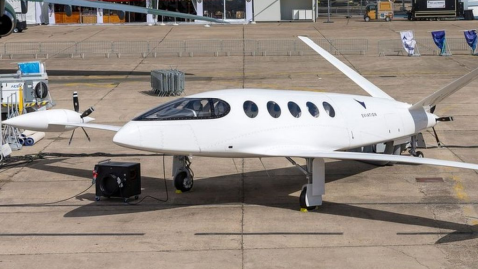
When switching from internal combustion to electric aircraft, some practical changes must be made. The ground personnel needs additional maintenance training. Electric motors need less maintenance than internal combustion engines, decreasing the downtime of the aircraft. Only a Commercial Pilot License (CPL) is needed to fly an electric aircraft with a maximum take-off weight of under 5700 kg. For an aircraft with a higher maximum take-off weight, only the pilot in command needs a type rating. In the current situation for the ABC islands, the turnaround time for the aircraft is 15 to 105 minutes. When changing to an electric aircraft, the same number of flights can be operated per day, with a charge time of 67 minutes per roundtrip, or 5 hours and 35 minutes per three roundtrips.
In conclusion, electric flying between the ABC islands and/or the Leeward islands is a possibility in the near future. There are several aircraft to choose from, although none are currently commercially available. It is now up to the community to take advantage of this desirable location to start electric flight operations, and set an example for the rest of the planet.
This article was originally published by The Green Idea on thegreenidea.nl, on November 15th, 2021.
The topic of electric flight and its importance to the sustainable preservation of the Dutch Caribbean will only grow in importance in the future. That's why you can expect more news about electric flight and everything related to it on this platform over the coming months and years, as well as exclusive interviews with key players and industry stakeholders. Stay tuned!

